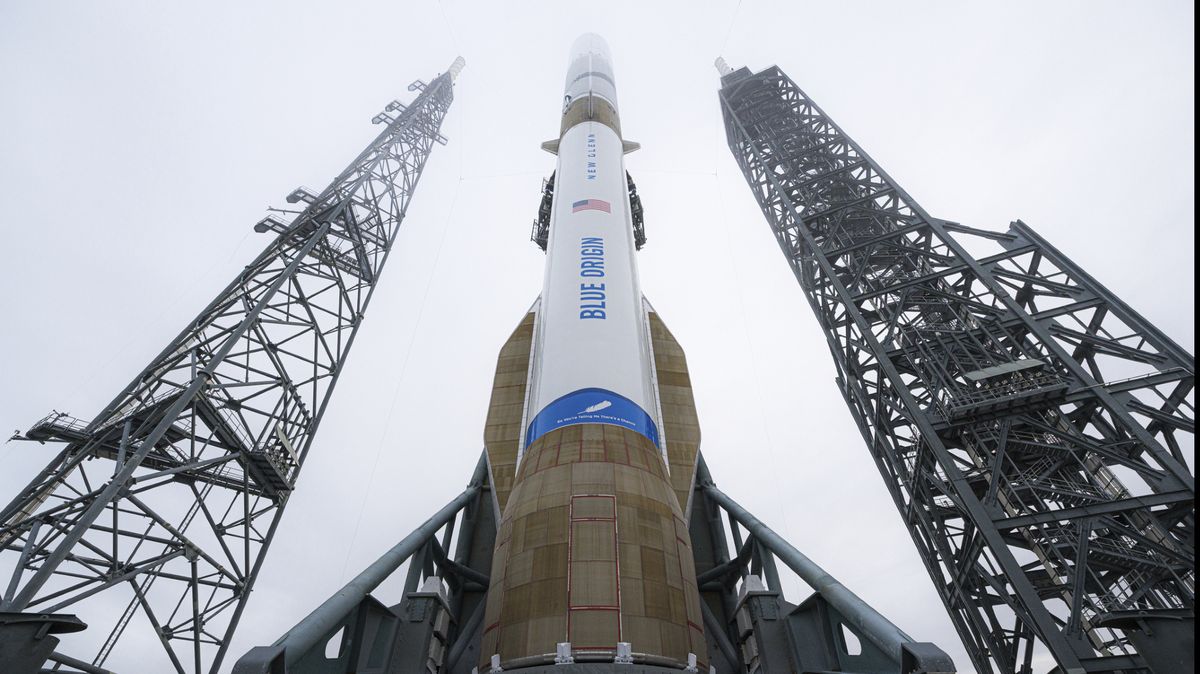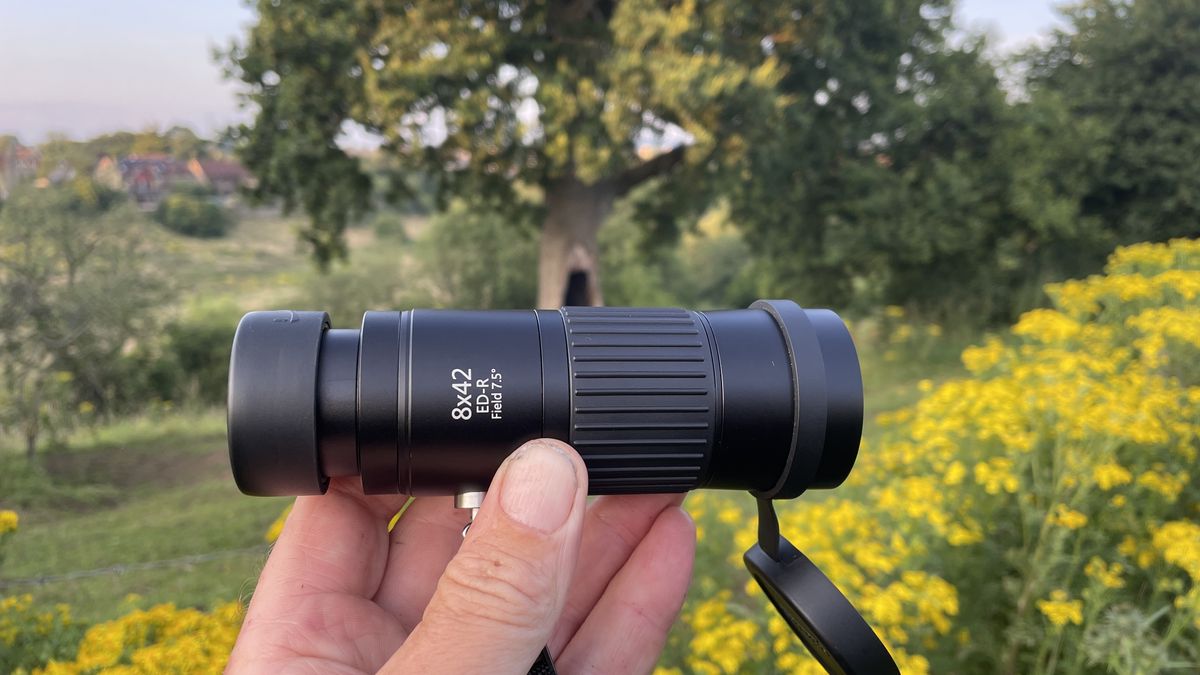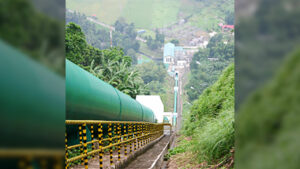Editors’ Highlights are summaries of recent papers by AGU’s journal editors.
Source: AGU Advances
Gravity datasets can be non-unique but have the merits of potentially constraining mass distribution with depth. For certain applications, such as assessing undersea volcanoes, conventional data acquisition campaigns are difficult.
Le Mével [2024] demonstrates how satellite altimetry data can be used to calculate vertical gravity gradients (VGG) as a means for detecting magma reservoirs beneath submarine volcanoes. Modeling shows that realistic variations in magmatic and in hydrothermal systems can create measurable VGG signals that can constrain such features as reservoir depth, volume and shape, as born out in a case study of Brothers Volcano in the Kermadec arc, offshore New Zealand. The author argues that altimetry-derived gravity data have been an underutilized resource with great potential for assessing the state of submarine volcanoes in general.

Citation: Le Mével, H. (2024). Imaging magma reservoirs from space with altimetry-derived gravity data. AGU Advances, 5, e2024AV001403. https://doi.org/10.1029/2024AV001403
—Peter Zeitler, Editor, AGU Advances
Text © 2024. The authors. CC BY-NC-ND 3.0
Except where otherwise noted, images are subject to copyright. Any reuse without express permission from the copyright owner is prohibited.
Related









Leave a Comment